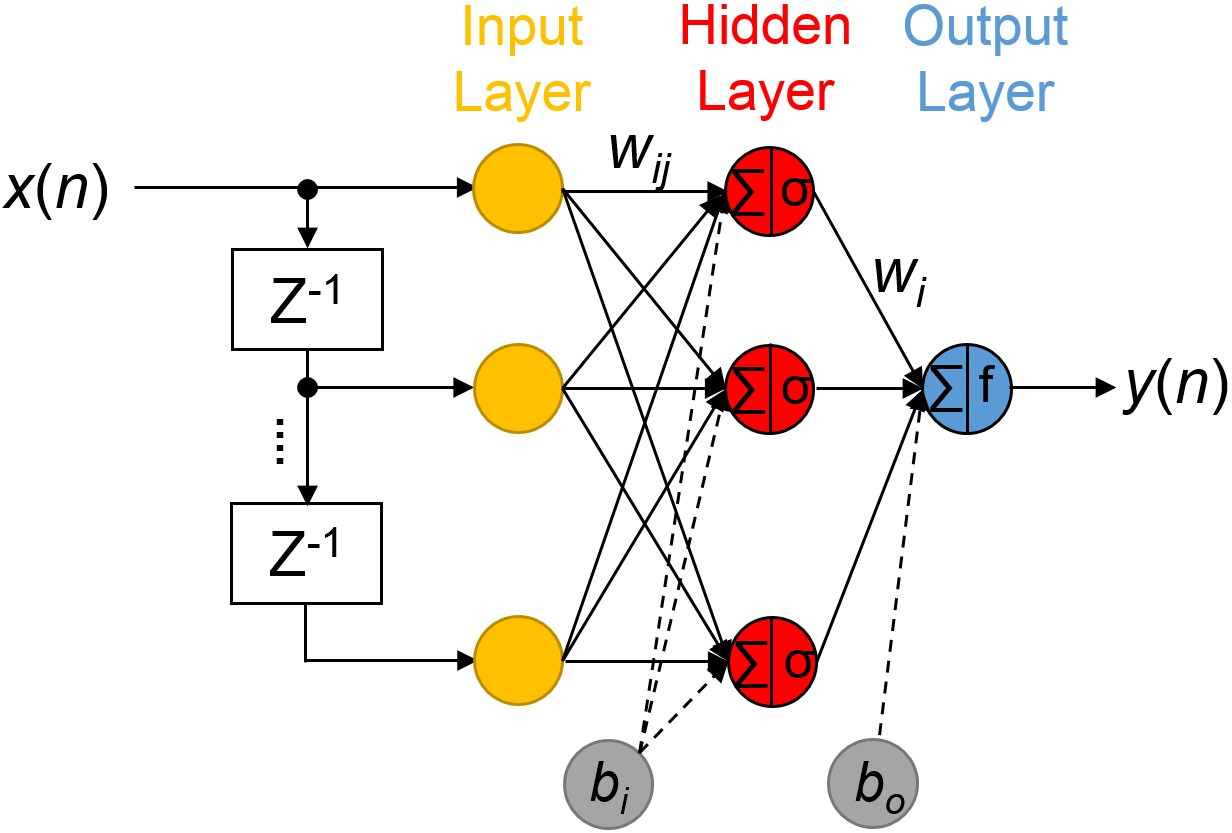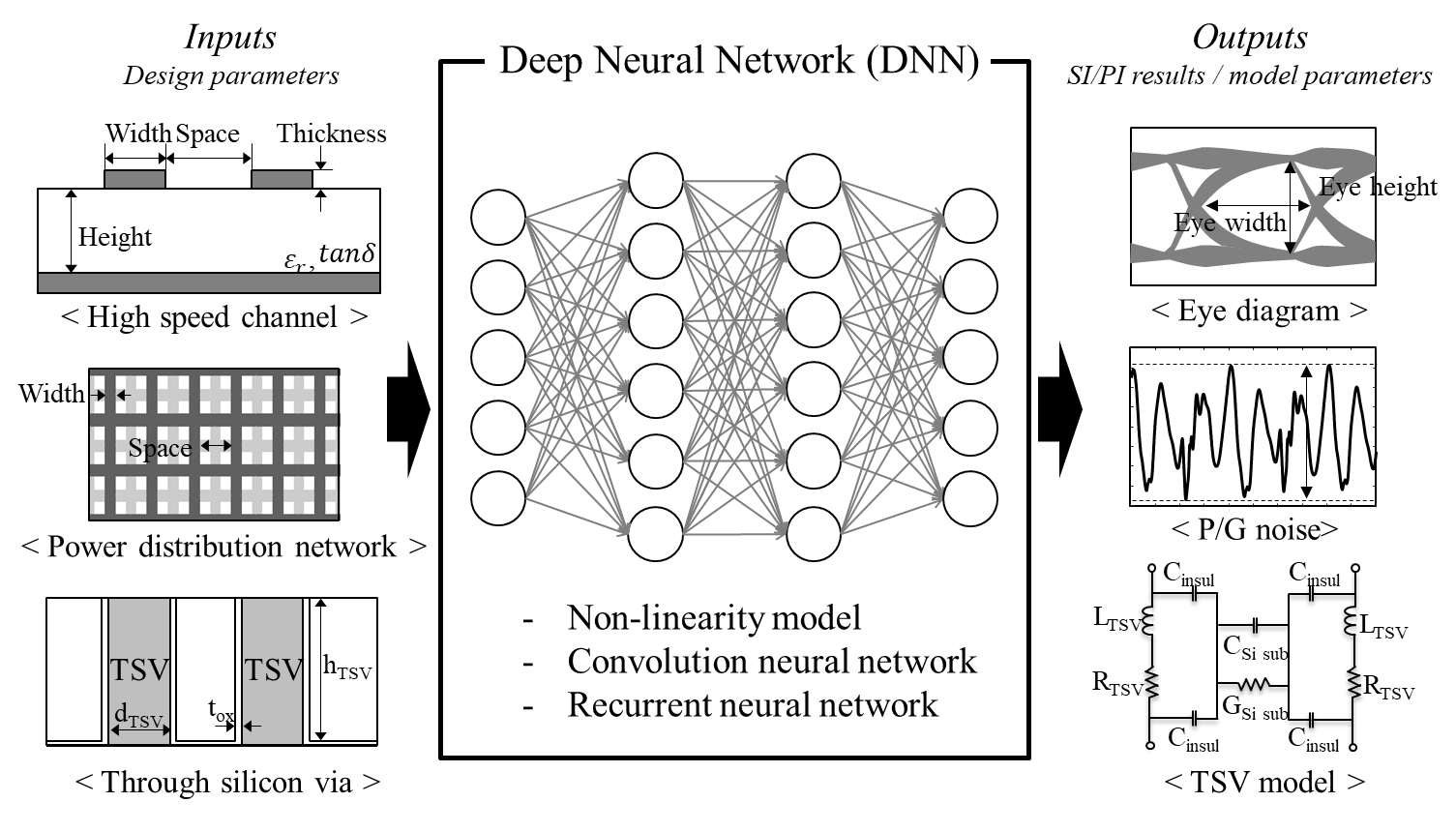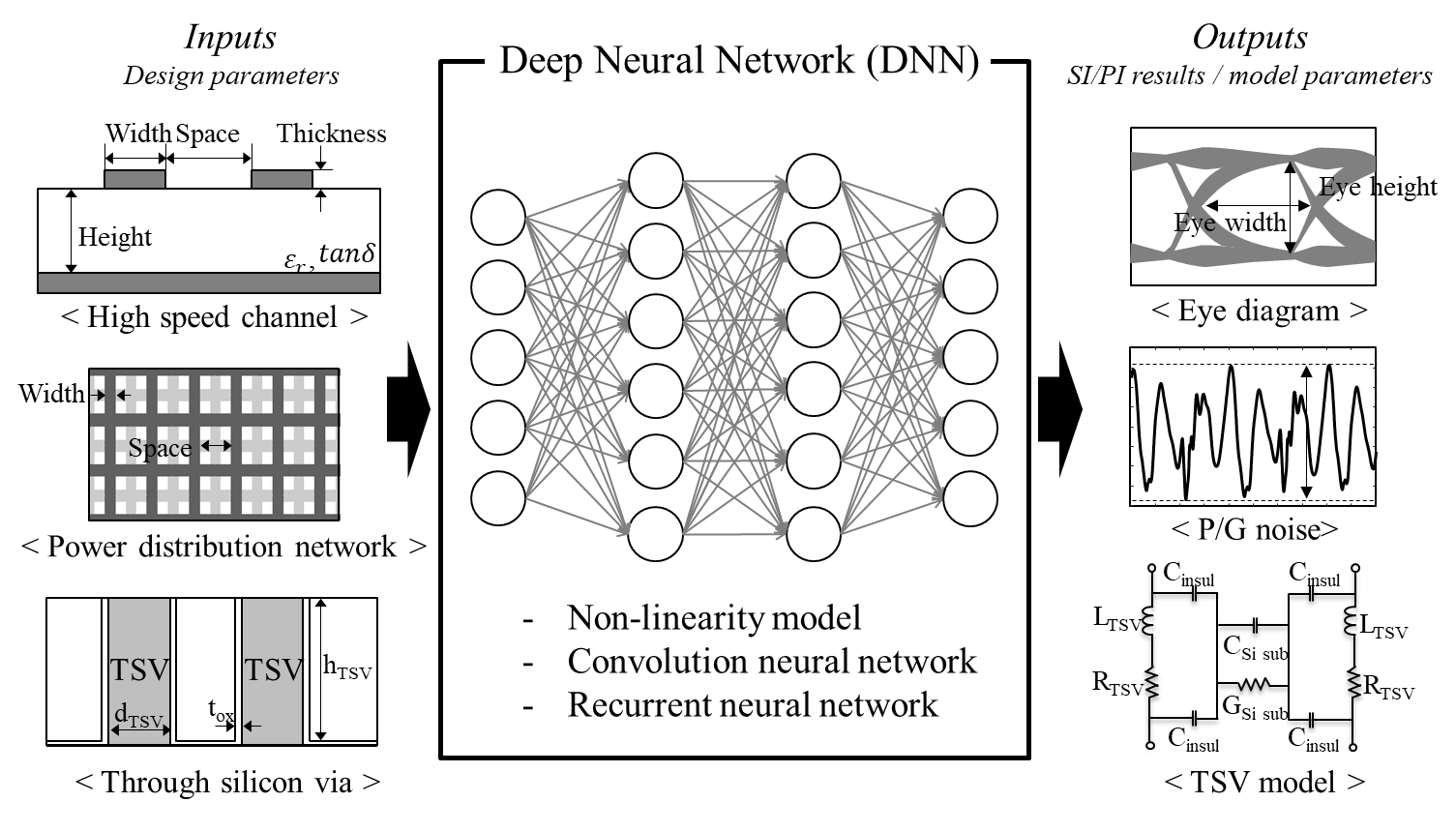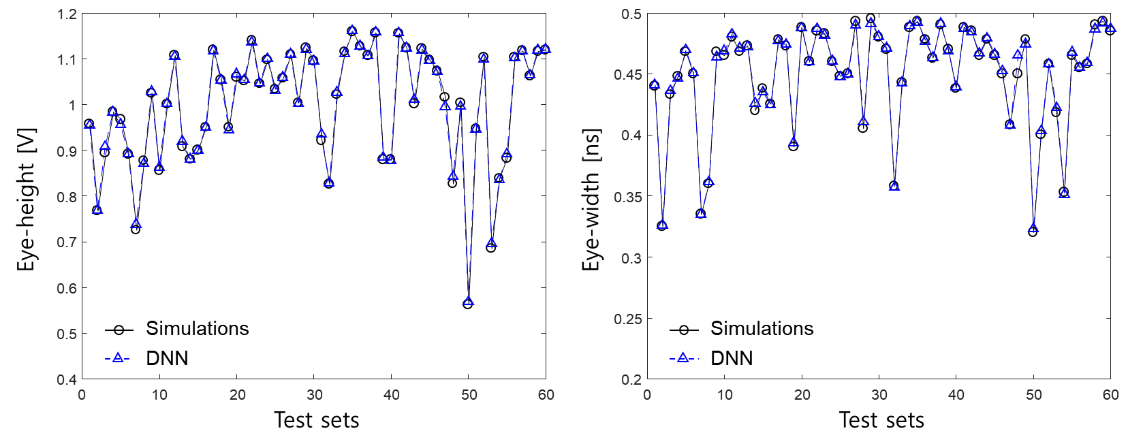
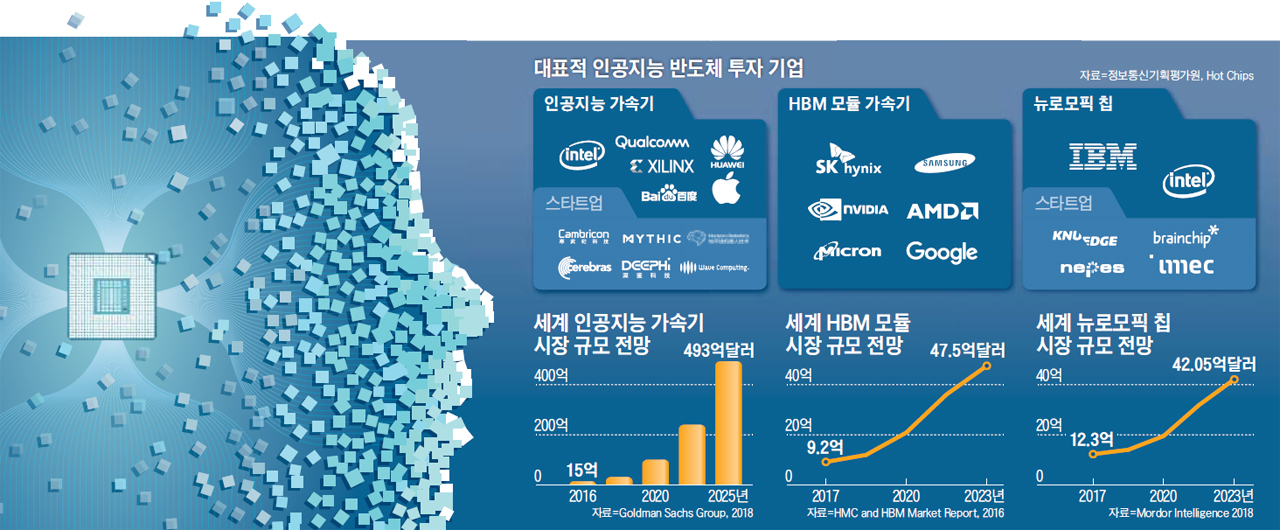
Professor Joungho Kim writes weekly column articles, “Kim Joungho Column on Strategies in the AI Era,” in the Opinion Section of Chosum.com. In his column series, he discloses various aspects of AI technologies in the IT industries from his insightful technical analysis and visionary insights on the future development of AI applications.
link : http://news.chosun.com/site/data/html_dir/2019/06/16/2019061602215.html

Title: Quantum-classical reinforcement learning for quantum algorithms with classical data
Authors: Daniel Kyungdeock Park, Jonghun Park, June-Koo Kevin Rhee
Many known quantum algorithms with quantum speed-ups require an existence of a quantum oracle that encodes multiple answers as quantum superposition. These algorithms are useful for demonstrating the power of harnessing quantum mechanical properties for information processing tasks. Nonetheless, these quantum oracles usually do not exist naturally, and one is more likely to work with classical data. In this realistic scenario, whether the quantum advantage can be retained is an interesting and critical open problem.
In our research group, we tackle this problem with the learning parity with noise (LPN) algorithm as an example. LPN is an example of an intelligent behavior that aims to form a general concept from noisy data. This problem is thought to be classically intractable. The LPN problem is equivalent to decoding a random linear code in the presence of noise, and several cryptographic applications have been suggested based on the hardness of this problem and its generalizations. However, the ability to query a quantum oracle allows for an efficient solution. The quantum LPN algorithm also serves as an intriguing counterexample to the traditional belief that a quantum algorithm is more susceptible to noise than classical methods. However, as noted above, in practice, a learner receives data from classical oracles. In our work, we showed that a naive application of the quantum LPN algorithm to classical data that is encoded as an equal superposition state requires an exponential sample complexity, thereby nullifying the quantum advantage.
We developed a quantum-classical hybrid algorithm for solving the LPN problem with classical examples. The underlying idea of our algorithm is to learn the quantum oracle via reinforcement learning, for which the reward is determined by comparing the output of the guessed quantum oracle and the true data, and the action is chosen via greedy algorithm. The reinforcement learning significantly reduces both the sample and the time cost of the quantum LPN algorithm in the absence of the quantum oracle. Simulations with a hidden bit string of length up to 12 show that the quantum-classical reinforcement learning performs better than known classical algorithms when the number of examples, run time, and robustness to noise are collectively considered.
링크 : http://meetings.aps.org/Meeting/MAR19/Session/K27.9
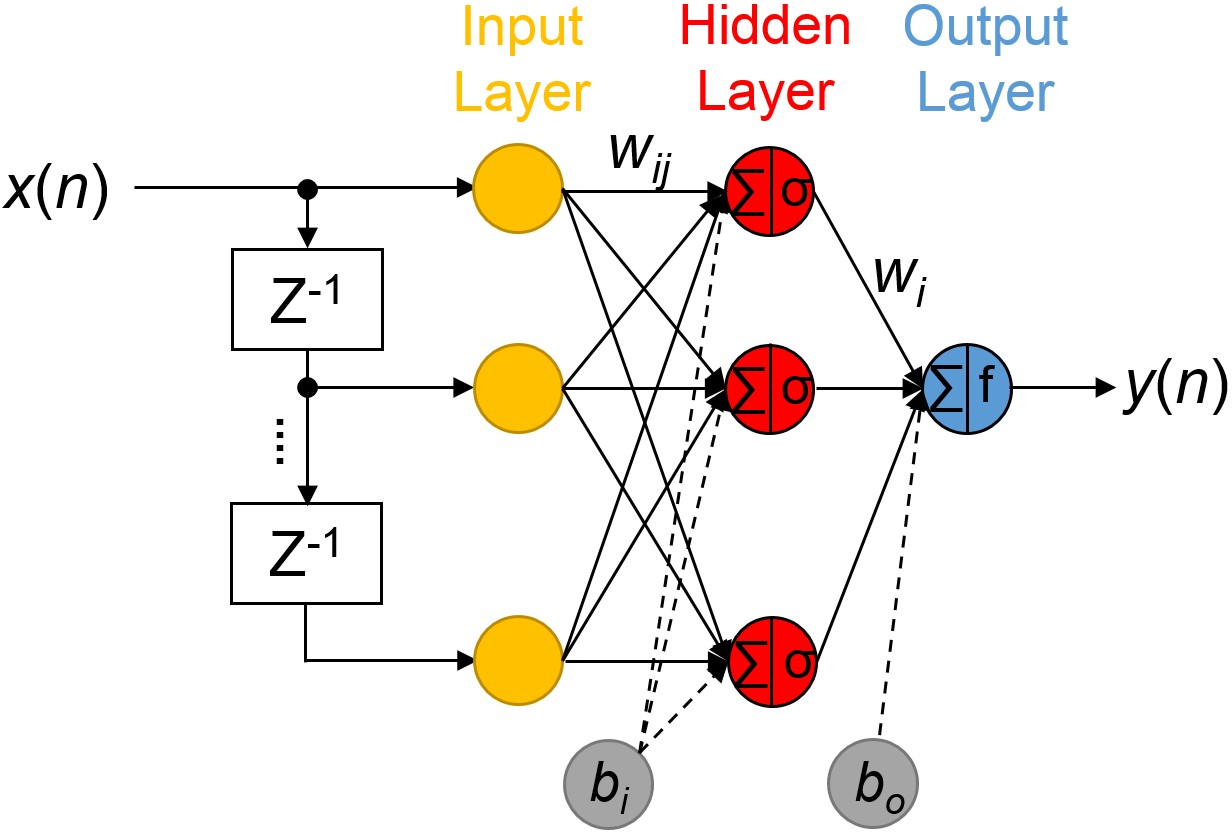
The recent study on artificial neural network signal equalization authored by Ahmed Galib Reza (KAIST EE) and June-Koo Kevin Rhee has been published in IEEE Photonics Technology Letters. ( https://ieeexplore.ieee.org/document/8401897 )
Article Content:
Title: Nonlinear Equalizer Based on Neural Networks for PAM-4 Signal Transmission Using DML
Authors: Ahmed Galib Reza, and June-Koo Kevin Rhee
Nonlinear distortion from a directly modulated laser (DML) is one of the major limiting factors to enhance the transmission capacity beyond 10 Gb/s for an intensity modulation direct-detection optical access network. In this letter, we propose and demonstrate a low-complexity nonlinear equalizer (NLE) based on a machine-learning algorithm called artificial neural network (ANN). Experimental results for a DML-based 20-Gb/s signal transmission over an 18-km SMF-28e fiber at 1310-nm employing pulse amplitude modulation (PAM)-4 confirm that the proposed ANN-NLE equalizer can increase the channel capacity and significantly reduce the impact of nonlinear penalties.
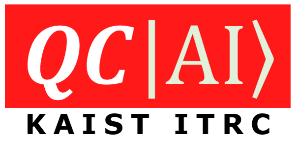
The KAIST ITRC of Quantum Computing for AI (QCAI), sponsored by the Ministry of Science and Information and led by Prof. June-Koo Rhee, has been established in June 2018, to embrace strategic efforts to develop quantum HW and SW for AI technologies for the next 4 years.
Link: https://www.yna.co.kr/view/AKR20181002102000063





